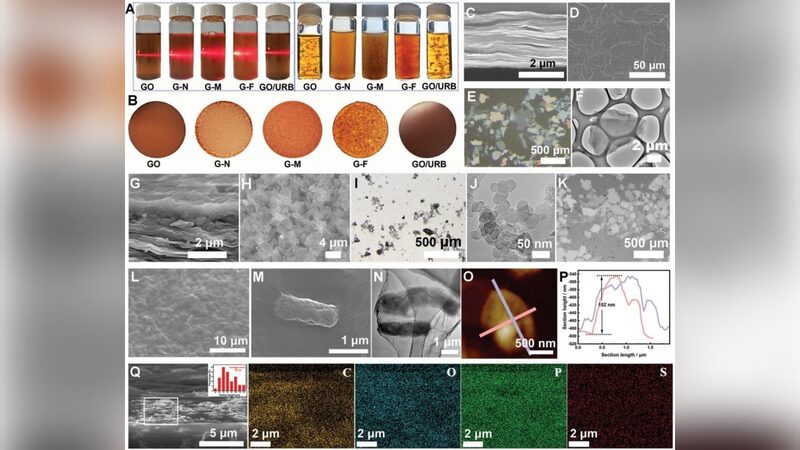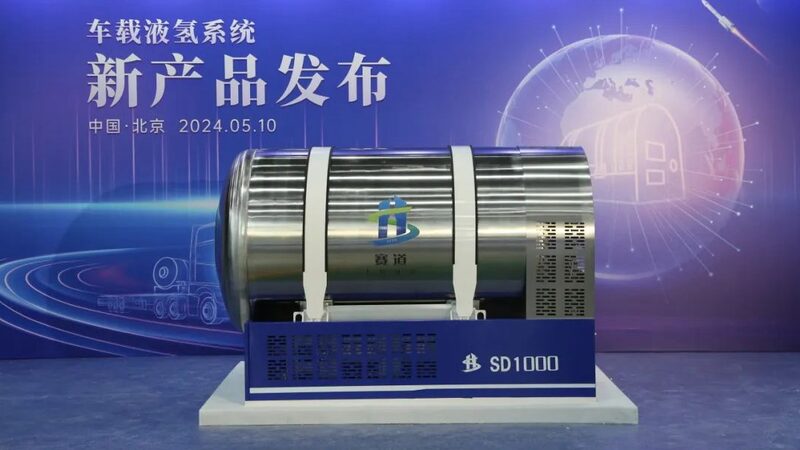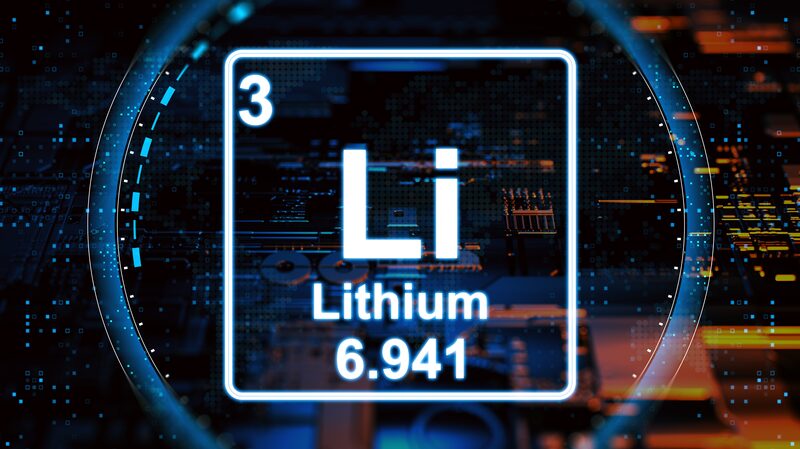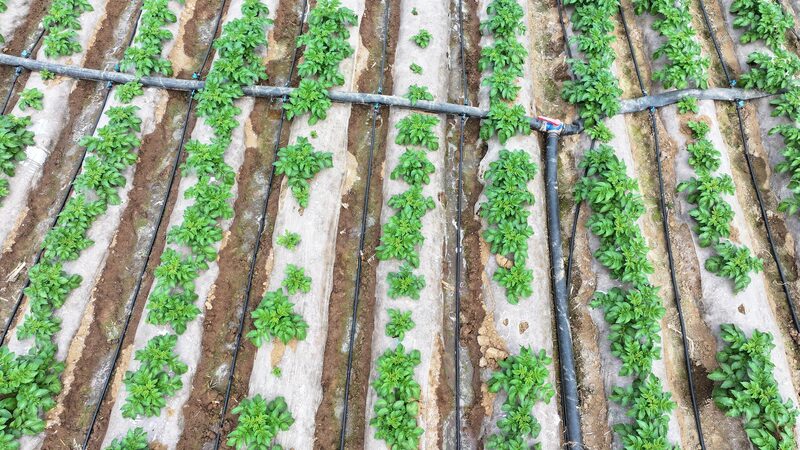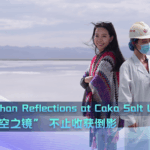A team of researchers from Lanzhou University has developed a groundbreaking biomimetic membrane designed to extract uranium from seawater and salt lake water. This innovation marks a significant advancement in wastewater treatment and the recovery of rare metals.
Published in the journal Advanced Materials, the study details the creation of a two-dimensional biomimetic membrane constructed through charge assembly and hydrogen bonding. According to the Science and Technology Daily, this membrane exhibits exceptional performance in the precise separation of uranyl ions.
Uranium remains a crucial resource for the nuclear industry, and China has long faced shortages in uranium ore resources. While the country's seawater and salt lakes contain substantial amounts of low-concentration uranyl ions, the economic and efficient extraction of these ions has posed significant challenges.
In recent years, two-dimensional materials such as graphene oxide have been at the forefront of ion separation technology. However, graphene oxide membranes are susceptible to structural damage under high pressure or prolonged use.
Drawing inspiration from the natural resilience of plant cell walls, which reorganize into stronger and denser structures under pressure, the research team combined graphene oxide with engineered bacteria to create a dense and stable two-dimensional biomimetic membrane.
The study reveals that this new membrane not only increases mechanical strength by more than twelve times compared to original graphene oxide membranes but also achieves precise capture of uranyl ions.
Li Zhan, the corresponding author of the study, said, \"This achievement provides an efficient and sustainable method for extracting uranium from seawater.\"
Tian Longlong, another team member, highlighted that the new membrane offers high selectivity and stability, along with low energy consumption, making it a promising candidate for the industrialization of uranium resource recovery.
The team is currently optimizing the membrane's structural design and large-scale production processes to expedite the technology's application.
Lanzhou University emphasizes that this technology holds broad prospects in areas such as water treatment, wastewater recycling, and energy recovery. It has the potential to address global challenges like resource shortages, energy crises, and environmental pollution.
Reference(s):
Chinese researchers invent biomimetic membrane to extract uranium
cgtn.com
